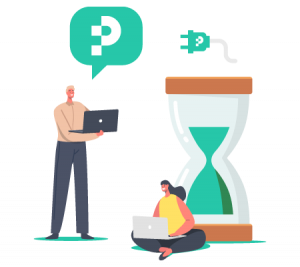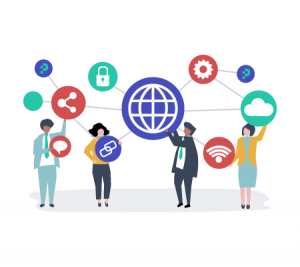

s a CFO, you know that managing invoices can be a time-consuming and costly process. Manual invoice processing can lead to errors, delays, and a significant drain on your company’s resources. Fortunately, there is a solution: OCR invoice processing.
OCR, or Optical Character Recognition, is a technology that enables computers to rea

Deploying a new procurement system in an organization can be a complex and potentially disruptive process, especially if it requires employees to learn and use a new software. However, with careful planning and a phased approach, it is possible to introduce the new system without creating undue stress or frustration for employees…

Procurement is the process of acquiring goods and services from external vendors, which is an essential aspect of any business. However, procurement can also be a source of frustration and inefficiencies due to a range of common problems. This article will explore seven of the most common issues faced by procurement teams and discuss potential solutions…

Managing procurement in Excel can be a challenging and time-consuming task, with many potential drawbacks and limitations. One of the key problems with using Excel for procurement is the potential for errors and inconsistencies in data entry. Excel spreadsheets rely on manual data entry, which can be prone to mistakes and omissions. This can lead to inaccurate records, incorrect calculations, and difficulties in tracking and analyzing procurement data…

When we start implementing a new procurement system (in truth, everything written here is true regarding the implementation of most organizational systems), we are faced with the dilemma – should we change the entire organizational procurement procedure so that it aligns with the system’s guidelines? Alternatively, should we continue the existing situation and, at the same time, start working gradually with the new procurement system?

In public sector organizations, the procurement process is generally similar to the process in private sector organizations – but with some crucial differences. Because the people handling public funds must naturally follow strict principles during the procurement process, these principles can be considered an ethical code of conduct requiring public employees to be responsible for their purchases. Some of the principles may also be useful for organizations in the private sector…


Procurement, purchasing, sourcing, and supply chain are often used interchangeably. However, there are essential differences between them.
Procurement vs. Purchase: If procurement involves the purchase

The nine main stages of the procurement process can be thought of in three separate stages: exploration, purchase, and acceptance.

Three key elements work together to make the procurement process happen: people, process, and paperwork.


Upon entering a meeting with a financial manager, I often encounter the usual apology “sorry for the mess, it’s a stressful time right now,” he tells me while trying to put some order in the paperwork on his desk. So I say to myself, we live in the 21st century; many tools today allow you to pay a supplier on the other side of the world with a click while fully synchronizing with advanced BI systems. However, there are organizations where innovation seems to halt with the invention of paper – piles of documents, price quotes, tenders, contracts, purchase orders, invoices, payment confirmations, and more. These are part of the daily business routine in many large and small organizations.


The procurement process can differ from one organization to another, but it generally encompasses the following ten crucial steps…

Optimizing the procurement process is crucial for any organization aiming for operational excellence. By closely monitoring key performance indicators (KPIs), businesses can enhance efficiency, align with organizational objectives, and pinpoint areas that require attention.


In the fast-paced business world today, using technology for procurement isn’t just nice to have, it’s a must. Companies can work better using modern procurement management systems, reducing costs by up to 30%. This shift simplifies obtaining quotes from suppliers, creating purchase orders and streamlining payment procedures smoothly.
We use cookies to give you the best experience. learn more